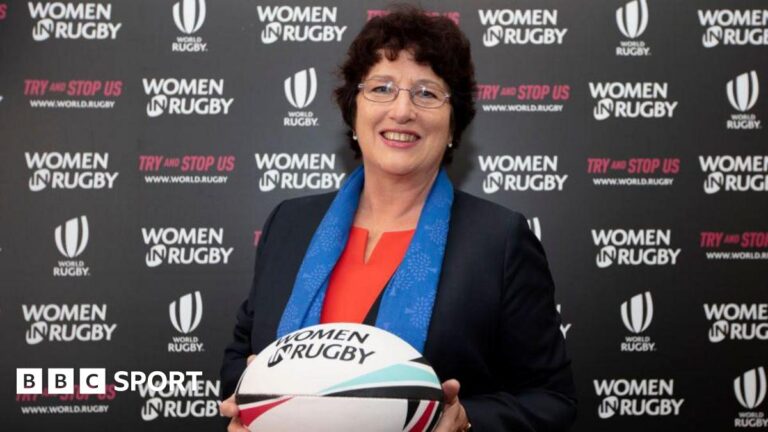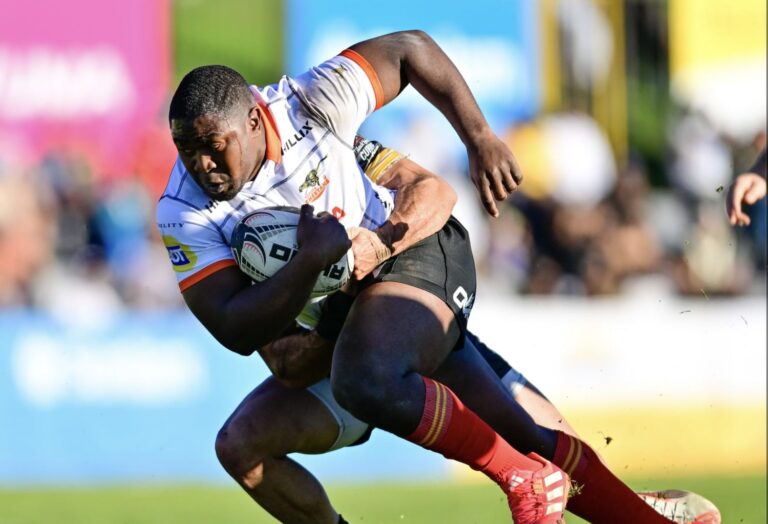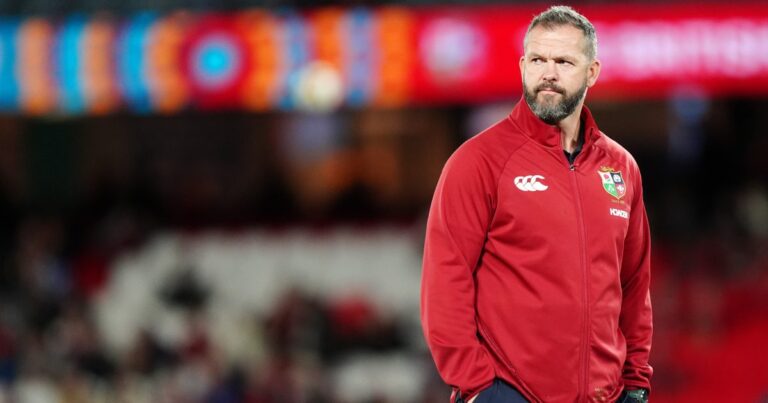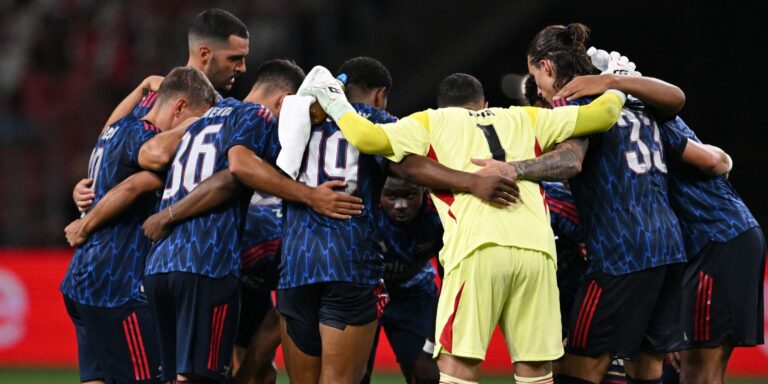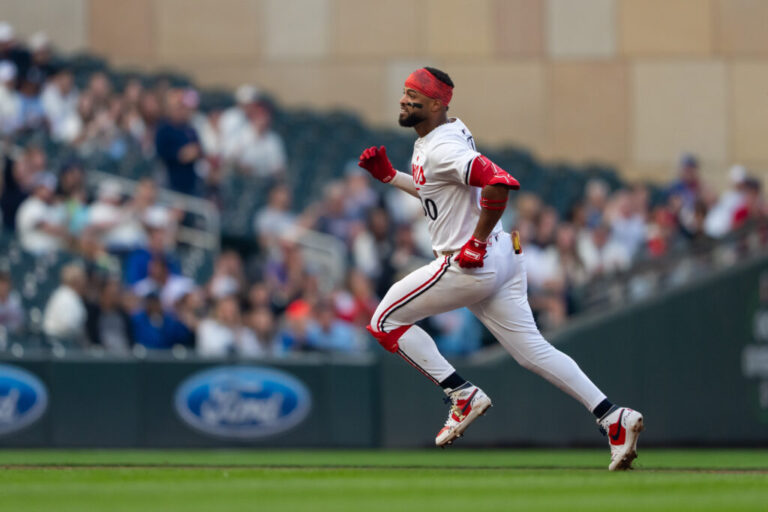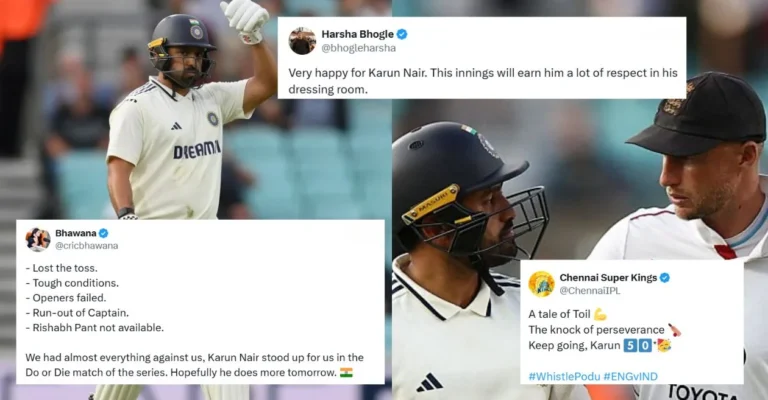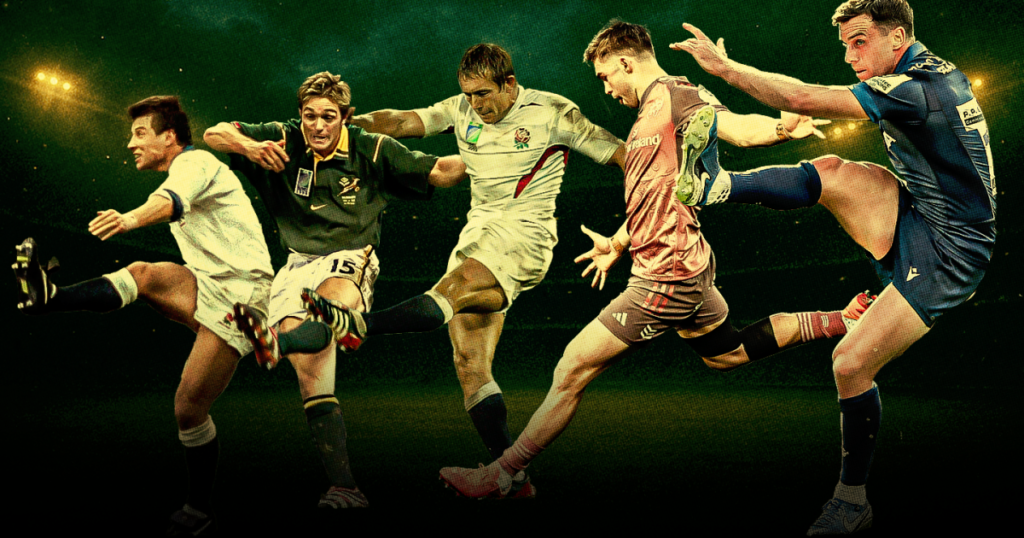
In the Louvre, the Mona Lisa sleeps. One of the most famous paintings in human history, gazed upon by millions every year, almost the very definition of art. However, if you turn left before the Mona Lisa’s room, and walk a couple of steps, you will notice to your right the La Mort de la Vierge from Italian painter Caravaggio.
We acknowledge art is subjective, but Caravaggio’s masterpiece is on the same plane of excellence as Da Vinci’s Mona Lisa. Like Jonah Lomu’s iconic steamrolling of Mike Catt in 1995, Jonny Wilkinson’s drop goal in the 2003 World Cup final deserves the same amount of love, respect and passion as any five-point score. The drop goal is as stunningly beautiful as a try, possessing the same power of raising fans from their seats and igniting roars of support throughout the stands.
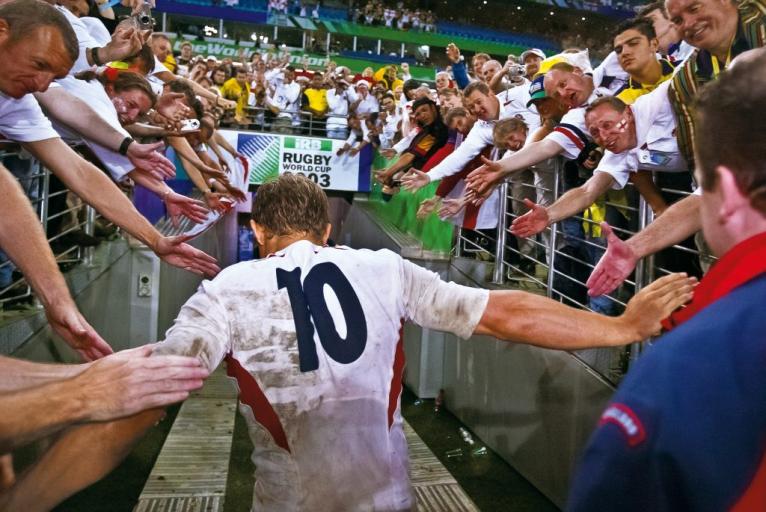
Drop goals have been part of the game’s history since the dawn of rugby union, (evolving to become an integral part of the scoring system. In 1948, a drop goal’s point value went down one point, falling to the same level as the penalty conversion.
If in the 1970s (the ascension of the drop goal Emperor, Hugo Porta), 1980s, 1990s, and early 2000s the drop goal was still a ‘common’ feature of the Test match and club scene, it slowly fell out of the picture and became almost forgotten to legions of rugby aficionados.
It is particularly ironic that before its demise, the drop goal was taken to its highest peak with Wilkinson wielding in such a way that opposing teams feared the fly-half’s kicking abilities as much as England’s forward pack or Jason Robinson’s insane speed.
Unfortunately, like that Caravaggio, the drop goal was sidelined and placed in a hallway far away from the centre stage… but is it about to make a comeback?
Since his senior debut in 1997, Wilkinson collected more than 100 drop goals, 36 of which were slotted for England. Alongside him, Scotland’s Dan Parks, Ireland’s Ronan O’Gara, Argentina’s Nicolás Sánchez and South Africa’s Morné Steyn other proponents of the skill.
Unfortunately, like that Caravaggio, the drop goal was sidelined and placed in a hallway far away from the centre stage… but is it about to make a comeback?
Taking the ProD2 as a barometer, there has been a 25% rise in drop goal attempts since 2019, with the likes of Jérôme Bosviel, Willie du Plessis, Joris Segonds, Sam Davies, Yohan Le Bourhis, Gabin Lorre and a few others ramping up the numbers.
By the end of the 2015/16 season only 28 drop goals had been successfully converted. Nine years on, more than 40 had gone through the poles. The Top 14 has averaged 20 drop goals per season, with a subtle increase across the past three seasons.
We can expand our gaze and look into the last three men’s Rugby World Cups, which reveal some interesting data. While in 2015, we had eight successful drop goals, in 2019, it dropped to five, increasing back to eight in 2023.
It might be too soon to draw any firm conclusions, but there’s a sense the drop goal might earn back its place as a valuable asset in a team’s strategy, with young kickers being pushed to learn how to bend the drop goal skill to their will.
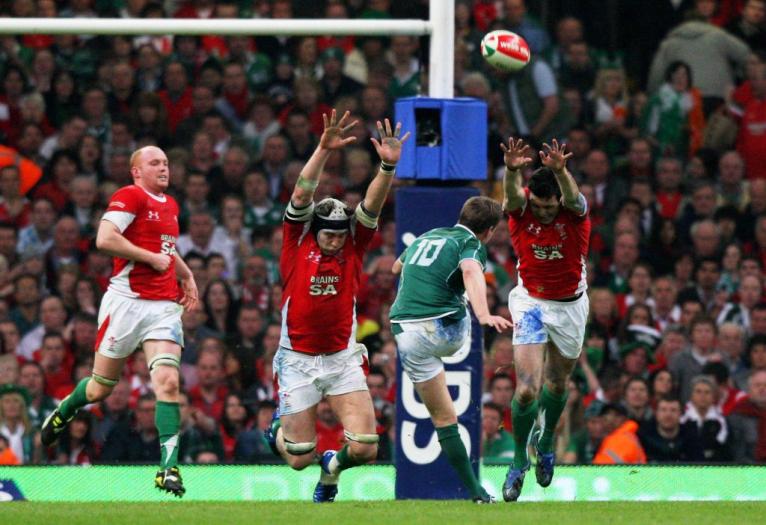
As a former prop, my drop goal wasn’t the most famous, so to gain some insight, we caught up with three very proficient drop goalers: Welsh international and king of the Alps, Sam Davies; the hero of Montauban, Jérôme Bosviel; and former Racing, Toulon and Castres full-back, Benjamin Lapeyre. Between them, they have more than 90 drop goals.
“There are no secrets or tricks to having a good drop goal,” Bosviel begins. “You just have to try to drop the ball well, while keeping your eyes on it and have confidence in your foot. It all happens in an instant, but that’s all there is to it.”
Grenoble marksman Davies, who has faced Bosviel for the past two seasons, has hit double figures for drop goals since arriving in France.
“It is a more ‘me’ thing, it is about whether I can drop the ball from a certain distance, if there are the right conditions for it,” he says. “Ninety percent of a successful drop goal comes down to how you drop the ball. If you drop it on an uneven surface, there’s a big chance it will bounce in a weird way. You have to take into account those tiny details. Questions like if the terrain is hard, soft, even, muddy, spring into my mind before I take the shot.”
I do think it is making a comeback due to the players being better prepared to take the risk.
Although Grenoble fell agonisingly short of Top 14 promotion, Davies’ kicking skills were key to his team’s top place finish in the regular league phase. Eight of his 10 drop goals were coated in a match-winning dye.
“The scoreboard plays a major factor in your decision to go for it or not. If you are 10 points down, you won’t be going for a drop goal.
“Drop goals can work in two ways: to take the scoreline out of the opposition’s sight; or to win or level a tight game. With Grenoble, the drop goal works as a way to push us further ahead, and that’s why it happens mostly when we are playing away.”
Lapeyre, who works as part of David Gérard’s Romania staff, explains why we are seeing a revival of the drop goal.
“It is a great weapon of choice, and I do think it is making a comeback due to the players being better prepared to take the risk. Nowadays, you use the technique for more than just scoring points, like the kick-off.
“Sevens played a crucial role in the return of the drop kick, as it is a multi-layered weapon that can turn any game around. As the best sevens teams had the best drop goal kickers, people started to understand how valuable it could be as a game-changer.”
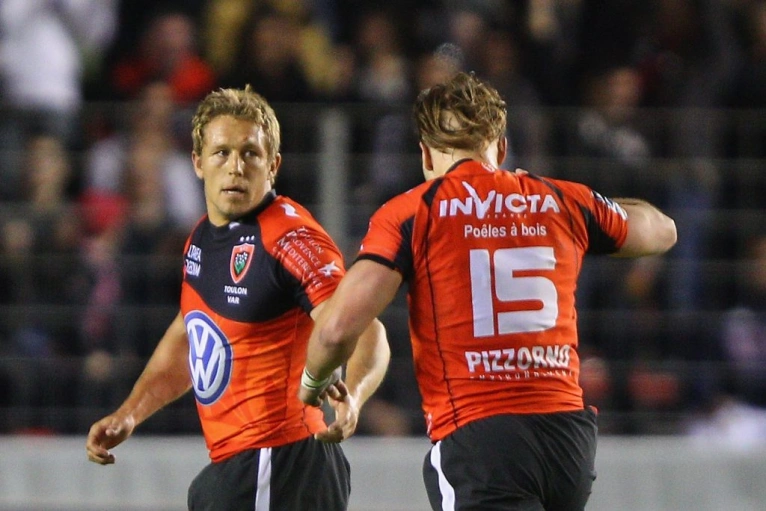
Having coached hundreds of players since retiring, Lapeyre goes into detail on how the drop goal works and how a player can be coached to properly do it without having to rely only on power.
“For example, when I practice with my players, we start by drop kicking with a soccer ball. It helps them find the right balance and understand when to strike the ball. As for the body position, you have to get it right. If the goalposts are at your twelve o’clock, your shoulder should start at one o’clock to finish at twelve. With time, players start combining all of these skills to develop their own drop kick. It all comes down to precision.
“We are all different, but we speak the same language. While some make good use of the wind, others place their focus on the abs, contracting before dropping the ball. Before I start coaching a player, I try to understand how his body flows. Wilkinson and Bosviel, who are excellent drop kickers, don’t have the same method. We have to adapt to the player before starting to help him become better at it.”
Going back to those who are still lacing their boots week in and week out, Bosviel agrees with Lapeyre in how each kicker is different, and sheds light on how instinctive the decision to shoot for the posts might be.
We don’t analyse how the opposing team moves before a drop goal. For other types of kicks, yes, but not for drop goals. It is something natural; we don’t overwork it.
“We don’t analyse how the opposing team moves before a drop goal. For other types of kicks, yes, but not for drop goals. It is something natural; we don’t overwork it. I try my luck with drop goals to maximise the work of the forwards.”
Even if they were on opposing sides a couple of weeks ago, Davies agrees with Bosviel, specifically in how they don’t spend too many hours practising the skill.
“I try not to overthink it and overtrain it, as it is a bit of an unpredictable skill because of the bounce and other external factors. Even the masters of the drop goal acknowledge that. It is a hard skill to execute and even explain. You have to adjust your body to the wind, for example.
“First, you have to get your depth right. It is vital to understand the distance you are from the goalposts, ad where the opposition is. Second, the way you drop it is key. It has to be perfect, so you can strike it in the best possible way. And finally, the process. You have to be focused and not snap when things don’t go well. It has happened to me, and it plays a big role in how your technique goes.”
Having played in Wales for more than a decade, and in France since 2023, Davies breaks down why the Top 14 and ProD2 have become the home of the drop goal resurgence.
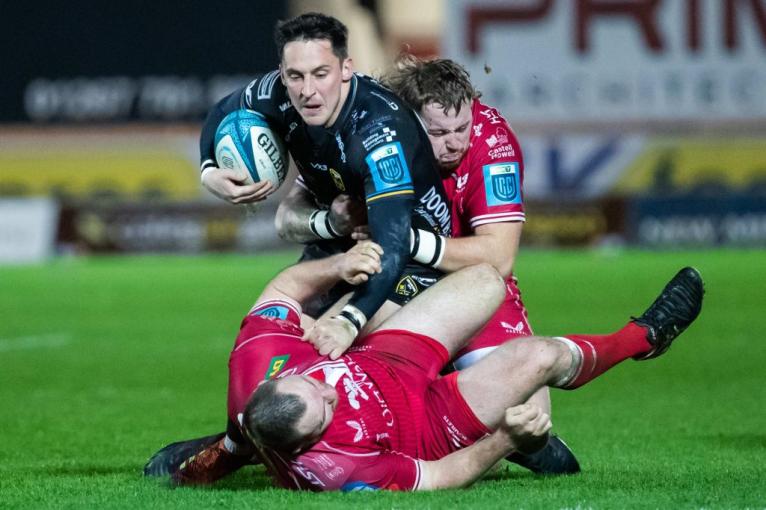
“Because of the competitive nature of both competitions, the drop goal has become a very valuable skill to have in a team. Most of them are match-winning drop goals or have turned a game around. It is great we are seeing a revival of the skill, and I do think fans are finally recognising how big of a role they can play in any game.”
Bosviel adds: “In the ProD2, the rucks are much more competitive than in the Top 14. Slow rucks are more common, with defences lagging a bit, which helps if you want to take a drop goal.”
Lapeyre, who shared the Toulon locker room with Wilkinson, also gives his take on challenging yourself against the most proficient players, like he did with the English world champion.
“If you want to be the best, you have to work with the best! Jonny and I had great fun challenging each other. He was the best drop kicker I have seen in my life, so I wanted to challenge him at every training session. I don’t remember if I ever won against him, but that’s the thing: I had power to the point I could make a drop goal from 65m out, but Jonny’s precision was over the top. And he could do it with both feet.”
It is a weapon. You can put down a team with a single drop goal. It can kill a team’s confidence.
Having played professionally for more than 13 years, Lapeyre makes his last statement on why the drop goal has to be more respected and added to every team’s game plan.
“It is a weapon. You can put down a team with a single drop goal. It can kill a team’s confidence. Imagine a team trying hard to find a way back into the game, and suddenly you kick a drop goal. It can crush anyone. However, it is a hard weapon to control, so be mindful when and how you make use of it.”
As our drop goal deep dive draws to a close, Bosviel and Davies define what the old skill represents for them.
“Majestic,” says Bosviel.
“Undervalued art,” shouts Davies.
